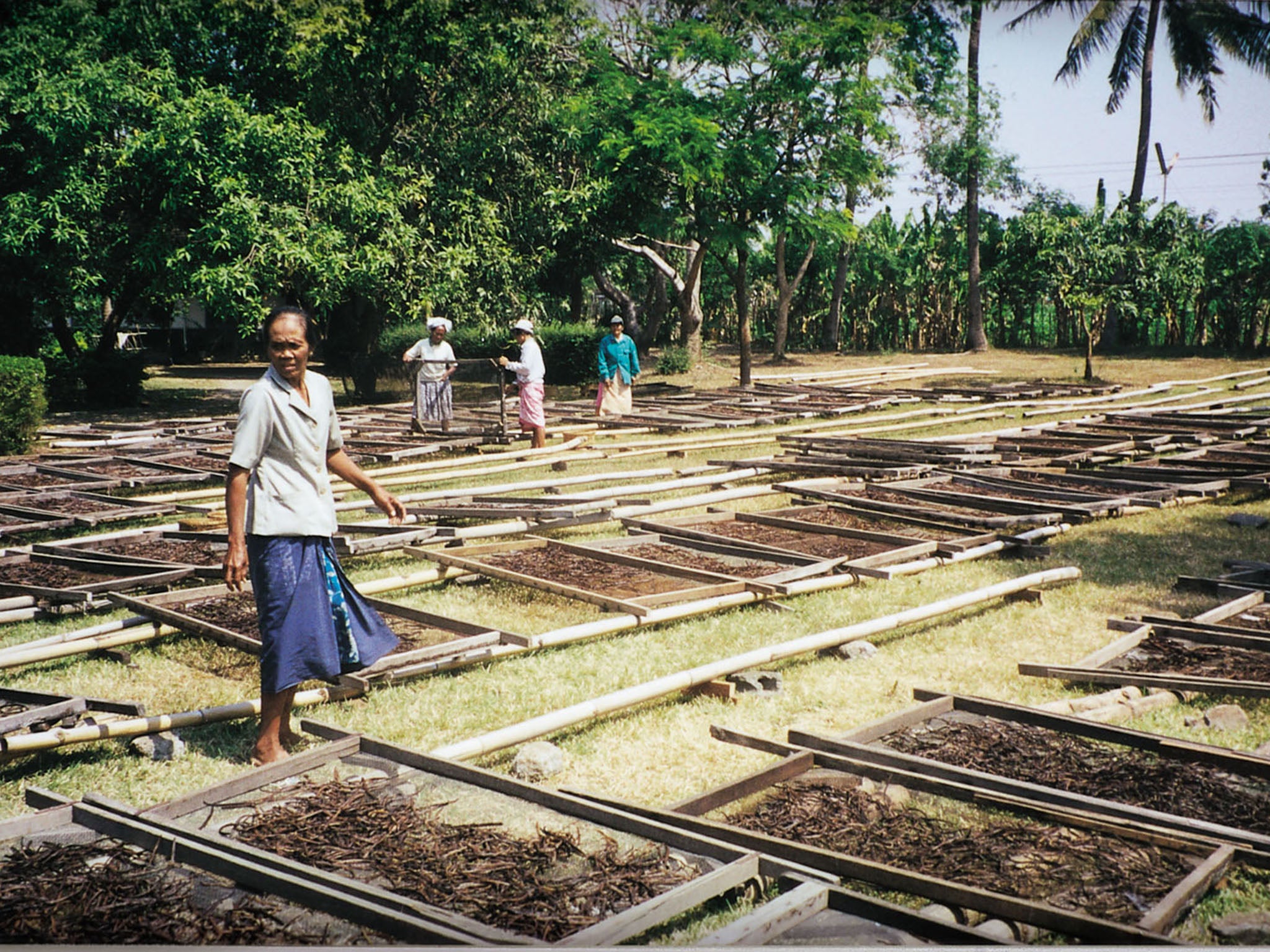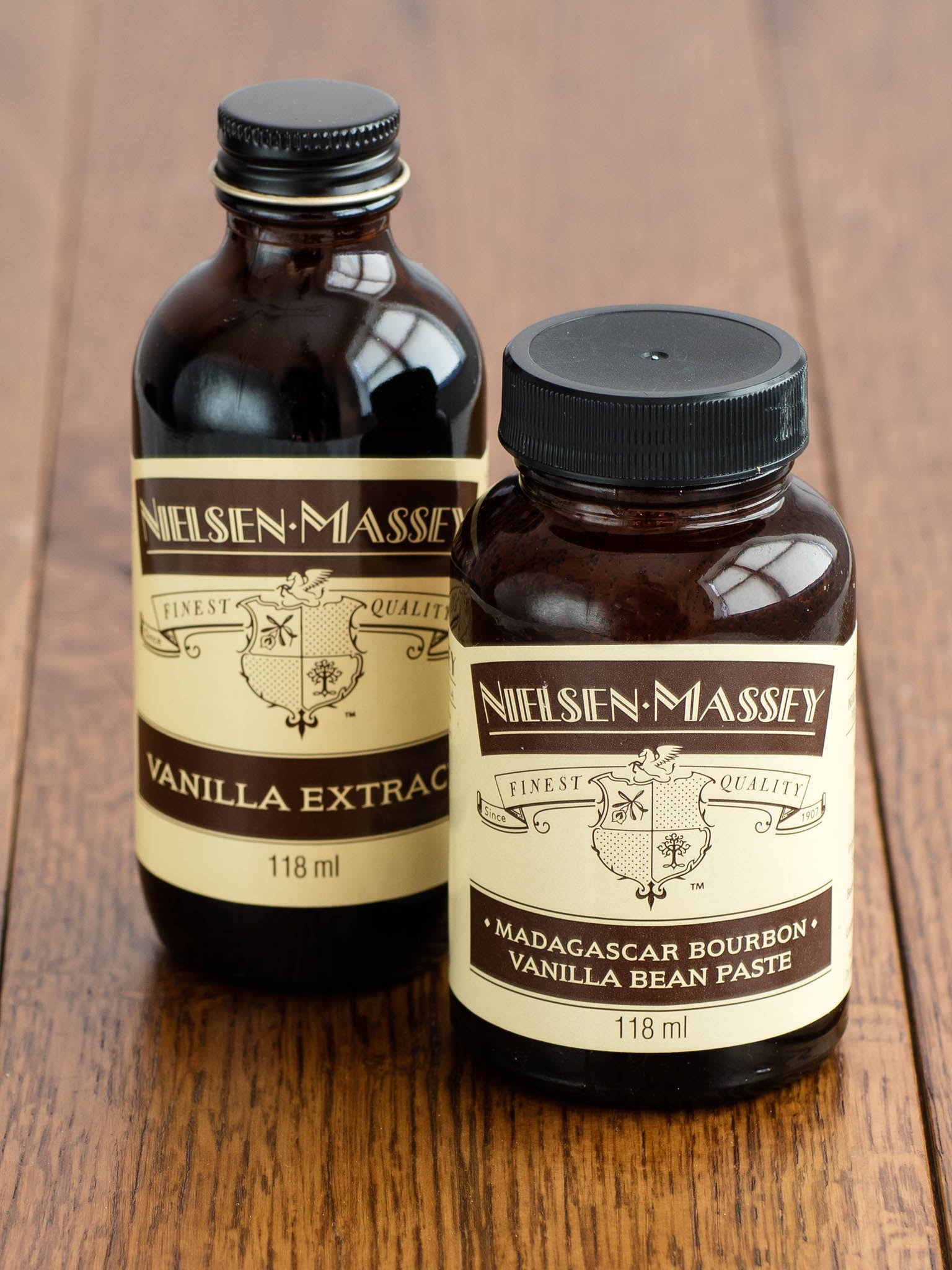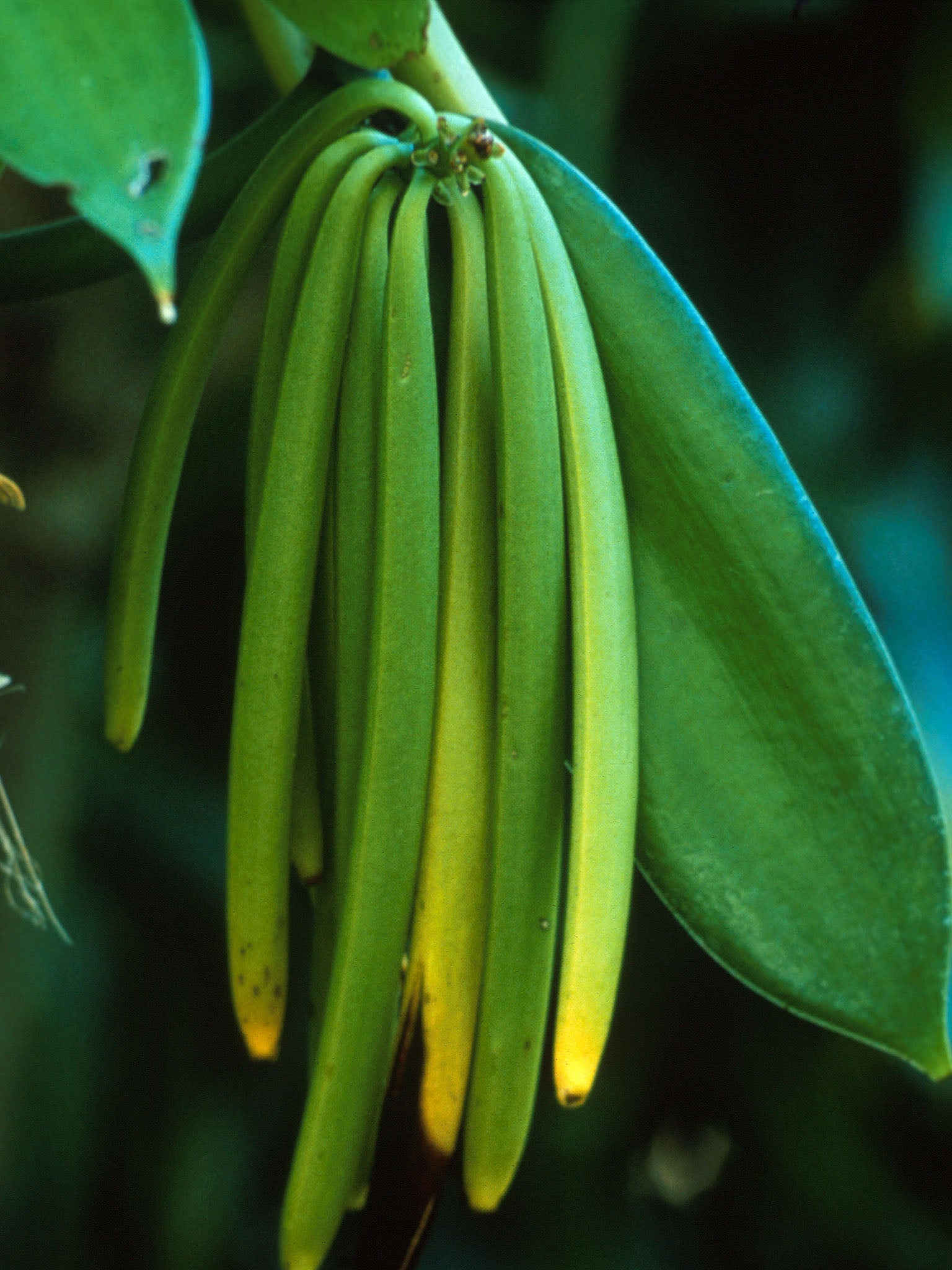Why vanilla isn't a beige flavour
Although we all have a pot of vanilla essence stashed away somewhere in our kitchen cupboards, considering the process to grow, pollinate and process it, it’s essentially a culinary gold, says Julia Platt Leonard

Your support helps us to tell the story
From reproductive rights to climate change to Big Tech, The Independent is on the ground when the story is developing. Whether it's investigating the financials of Elon Musk's pro-Trump PAC or producing our latest documentary, 'The A Word', which shines a light on the American women fighting for reproductive rights, we know how important it is to parse out the facts from the messaging.
At such a critical moment in US history, we need reporters on the ground. Your donation allows us to keep sending journalists to speak to both sides of the story.
The Independent is trusted by Americans across the entire political spectrum. And unlike many other quality news outlets, we choose not to lock Americans out of our reporting and analysis with paywalls. We believe quality journalism should be available to everyone, paid for by those who can afford it.
Your support makes all the difference.Vanilla is anything but plain. In fact, it’s a minor miracle that any of us have a bottle on hand in our kitchens. Start with the fact that vanilla pods come from the only orchid plant that produces an edible fruit. Add to this, that each vanilla flower opens for one day and one day only.
If it’s not pollinated at precisely the right moment, no pod will develop. Then it’s a full six to nine months before the pods are ready to be harvested. This is all before you get to a lengthy curing process that takes another three to six months.
I confess that this was news to me. I use vanilla all the time – it’s one of my top store-cupboard staples – but I never knew how it got from bean to bottle. But I received a vanilla tutorial from Nielsen-Massey, the market leader in vanilla extract and bean paste which is celebrating its 110th year in business.
Vanilla comes from Mexico originally, where it was prized by the Totonac people, the Aztecs, and later taken back to Spain by Cortez, as a kind of culinary gold. Eventually, the pods made their way to the Island of Réunion, off East Africa.
The soil and climate should have been perfect for vanilla. The only problem was that vanilla pods proved notoriously difficult to grow anywhere except their native Mexico. In 1836, a botanist named Charles Morren figured out what the problem was.
In Mexico, a helpful bee called the melipona pollinated the flower but without its help, plants in other parts of the world weren’t pollinated and couldn’t produce vanilla pods.

The answer turned out to be hand-pollinating the vanilla flowers. Hand-pollination is an incredibly time-consuming process and since each flower only opens for part of one day, the plants have to be monitored closely to make sure this narrow window isn’t missed. No wonder that vanilla – pure vanilla, not the imitation or essence – is pricey. Growers even brand their pods to prevent them being snatched by the plant equivalent of cattle rustlers.
Nielsen-Massey is a family-run business, now in its third generation and the darling of professional chefs and savvy home cooks. The company was founded in 1907 as Massey’s by Otis Kline and Richard Massey in Sterling, Illinois. Originally the company manufactured aromas for cleaning chemicals. Chatfield Nielsen, Sr joined the company and he and Richard Massey decided to focus on making vanilla and other flavours, supplying their products primarily to food producers. When Massey died, Nielsen bought out his share of the business and in the early 1960s, the name was changed to Nielsen-Massey Vanillas.
While vanilla originated in Mexico, today the majority of the world’s production comes from Madagascar, with about 80 to 85 per cent share in worldwide vanilla bean production. Mexico still grows beans commercially as do Tahiti and Indonesia. Vanilla grows 10 to 20 degrees north or south of the equator and the vines – which can grow up to 70 feet – produce beans for around seven to eight years.

The beans get their characteristic brown and crinkled look during the curing process. If you’ve ever seen a bean with a white crystal-looking substance on it, that’s vanillin – the main flavour component of vanilla. While it’s the key component it’s not the only one. There are around 300 different components that make up what we experience as vanilla and many of them are present in incredibly tiny amounts.
Nielsen-Massey uses a cold-extraction method to create its vanilla extract. It takes much longer than heat extraction but it helps to preserve those 300 flavour components and produces a vanilla extract that is rich, smooth and incredibly complex.
Eric Lanlard, master pâtissier and owner of south London boutique outlet Cake Boy is a fan. To get the most out of vanilla he says, “You should always, if possible, try to fold the extract or bean paste into a cold mixture – allow your mixture to cool down – heat will ‘damage’ the flavour intensity.” While he uses vanilla routinely in baking, he also uses it in other cooking too. “I like to use vanilla for savoury cooking also,” adds Lanlard. “It’s great to balance out acidity in a tomato sauce or salsa and it works really well with smoked fish such as salmon and also great with red meat.”
While a 118ml bottle of Nielsen-Massey vanilla extract may cost £6.05, it’s well worth the investment. You only need a small amount to impart a rich-vanilla flavour to a dish. It also lasts a long time.
Kept in an air-tight container, vanilla beans will be absolutely fine for several years while vanilla extract can stay in your cupboard for four or five. But if it’s hanging around in your kitchen for that long, the real question is why aren’t you using it more? Because vanilla is a splash of culinary magic and is definitely anything but plain.
Join our commenting forum
Join thought-provoking conversations, follow other Independent readers and see their replies
Comments